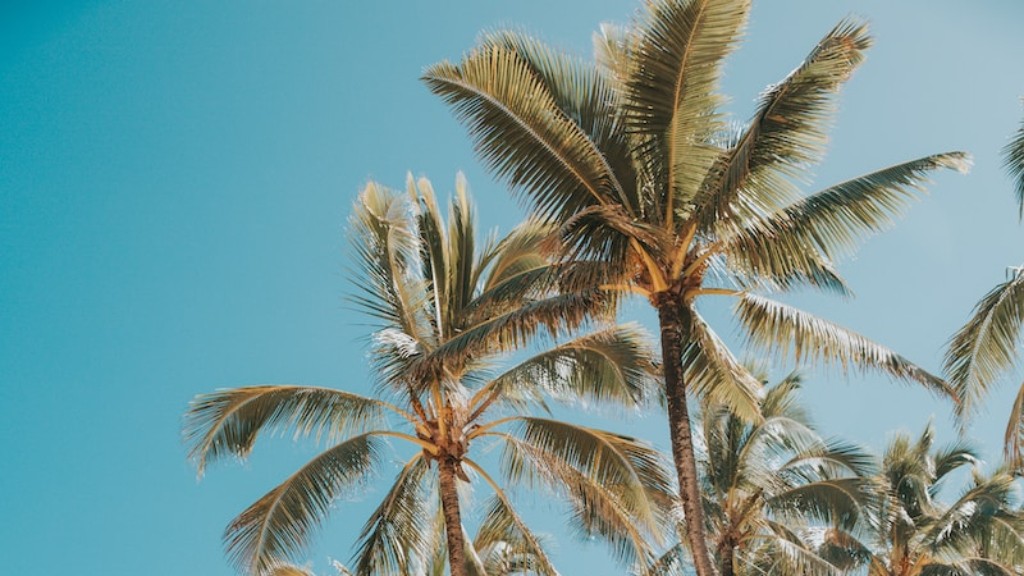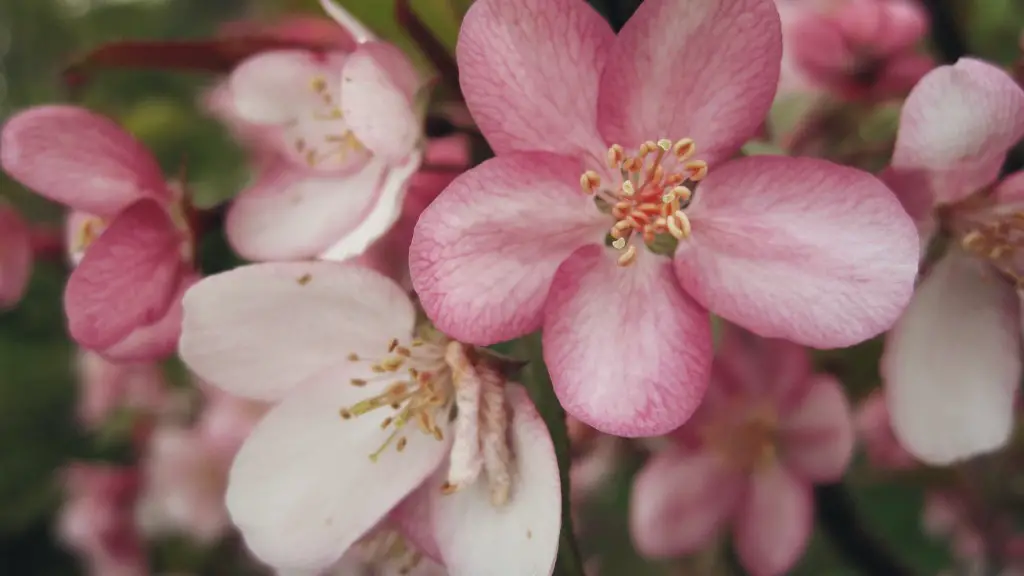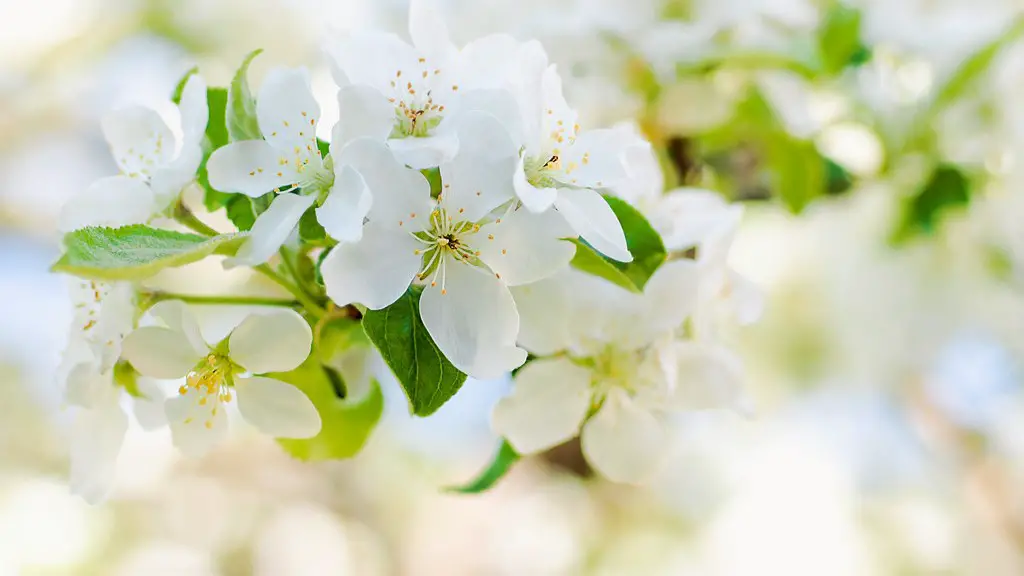While washingtonia palms are striking plants, they can quickly become overgrown and shaggy. Fortunately, with a little know-how, it is relatively easy to trim a washingtonia palm tree correctly. Below, we share some tips on how to safely and effectively trim your washingtonia palm tree.
In order to successfully trim a washingtonia palm tree, you need a sharp pair of shears or a pruning saw. Do not try to trim a washingtonia palm tree using blunt equipment as this can cause damage to the leaves and fronds. Sharp equipment is essential for making neat and clean cuts.
Before beginning to trim your washingtonia palm tree, it is important to make sure the plant is healthy. Check for infestations of scales, mealybugs, or aphids. If any of these pests are present, use a suitable pesticide to eradicate them before commencing with the trimming.
You may also want to check for a shape before beginning your trim. Washingtonia palms are usually either grown as a single trunk tree or a multi-trunk tree. Single trunk trees often have a symmetrical shape, while multi-trunk trees have an asymmetrical shape. Make sure you know the desired appearance before you start cutting.
When you are ready to begin, start by trimming the fronds of the washingtonia palm tree. To do this, make sure your saw or shears are very sharp. Then, cut off the fronds at a 45 degree angle, making sure you do not cut too close to the trunk of the tree or to any of the other fronds. Be sure to wear protective eye wear as sawdust and frond pieces may fly as you cut.
After the fronds have been trimmed, it is time to move on to the trunk and branches. You want to make sure there are no loose or damaged branches that need to be removed. If you find any, use a pruning saw to cut them off as close to the trunk as possible.
Once the trunk and branches have been trimmed, inspect the tree for any dead or diseased fronds that need to be removed. If you find any, use a saw or shears to cut them off. Any fronds that cannot be cut without damaging the tree should be left as they are.
Finally, if you want to give your washingtonia palm tree a more manicured appearance, you can trim off the seed pods at the base of the trunk. Be sure to wear thick gloves, as the seed pods may be spiny or sharp.
Tips on Pruning a Washingtonia Palm Tree
When pruning a washingtonia palm tree, it is important to use sharp tools to ensure clean and accurate cuts are made. Sharp tools are essential to avoid damage to the leaves and fronds. You may also want to check the desired shape of the tree before you start pruning.
Additionally, you should check for infestations of pests before beginning to prune. If any of these pests are present, use a pesticide to eliminate them before commencing with the trimming.
When you begin pruning the tree, start by trimming the fronds. Make sure to cut the fronds at a 45 degree angle, making sure not to cut too close to the trunk. Then, move on to the trunk and branches, making sure to cut off any loose or damaged branches.
Finally, inspect the tree for any dead or diseased fronds that need to be removed. If no further pruning is necessary, you can cut off any seed pods at the base of the trunk for a more manicured appearance.
When Should You Prune a Washingtonia Palm Tree?
The best time to prune your washingtonia palm tree is in the late spring or early summer, as this is when the new fronds will be emerging. Pruning at this time of year allows the plant to rapidly recover and also helps to promote healthy growth. You should avoid pruning in fall or winter, as this can damage the plant.
How To Dispose of Debris After Pruning
When trimming your washingtonia palm tree, any debris should be disposed of properly. Trimmings, fronds, and other debris should be placed in a compost bin, where it can break down and be returned to the soil.
You can also use the trimmings for mulching or use them as a natural fertilizer for the surrounding area. However, if the soil is not suitable for fertilizing, it is best to place the trimmings into a compost bin. Pruning will create a large amount of trimmings, so make sure your compost bin is large enough to accommodate all of the debris.
Pruning Aftercare
After you have finished pruning your washingtonia palm tree, it is important to pay attention to the aftercare needs of the plant. You should inspect the tree periodically to make sure there are no pests or diseases present that need to be treated. Fertilizing and watering the tree periodically will help promote healthy growth.
Additionally, make sure to provide adequate shelter and protection to the tree in harsh weather. Wind, hail, and extreme temperatures can all cause damage to washingtonia palms, so it is important to ensure adequate shelter and protection from the elements.
Conclusion
Trimming a washingtonia palm tree correctly is essential for healthy growth and a balanced appearance. You should always use sharp tools, check for pests and diseases, and inspect the desired shape prior to pruning. Prune in the late spring or early summer, dispose of trimmings properly, and pay attention to aftercare needs.




